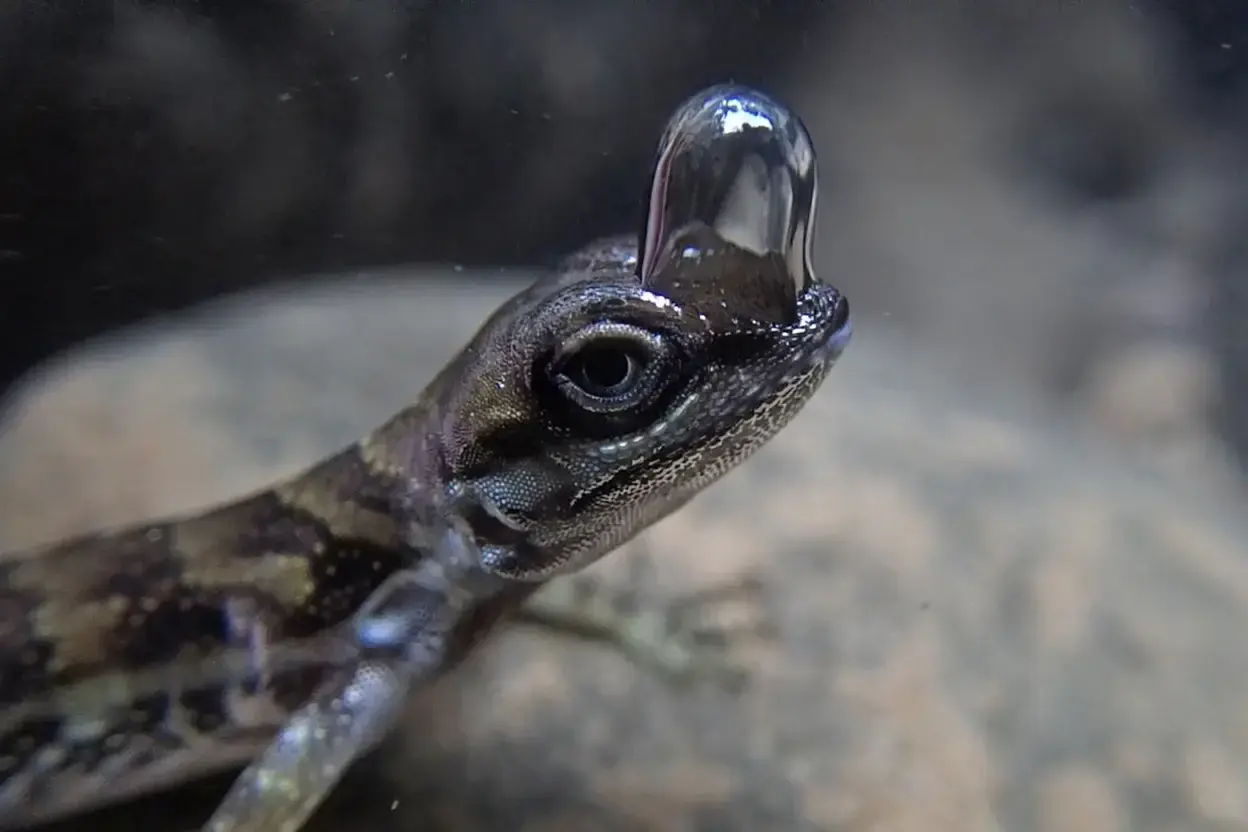Science
13038 readers
1 users here now
Studies, research findings, and interesting tidbits from the ever-expanding scientific world.
Subcommunities on Beehaw:
Be sure to also check out these other Fediverse science communities:
This community's icon was made by Aaron Schneider, under the CC-BY-NC-SA 4.0 license.
founded 2 years ago
MODERATORS
27
28
30
31
32
33
34
35
36
37
19
Physicists Reveal a Quantum Geometry That Exists Outside of Space and Time
(www.quantamagazine.org)
38
39
40
41
42
43
31
Federal antitrust lawsuit against six commercial publishers of academic journals
(www.lieffcabraser.com)
44
45
46
10
The S-Matrix Is the Oracle Physicists Turn To in Times of Crisis | Quanta Magazine
(www.quantamagazine.org)
47
48
49
50
